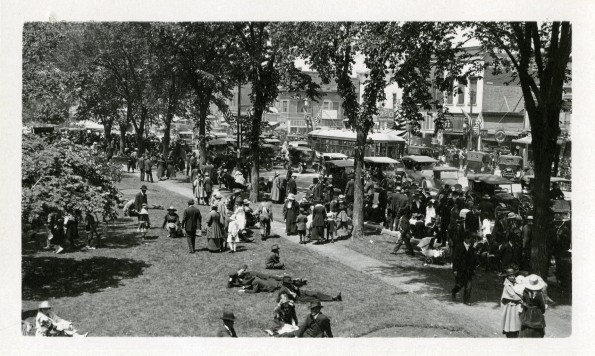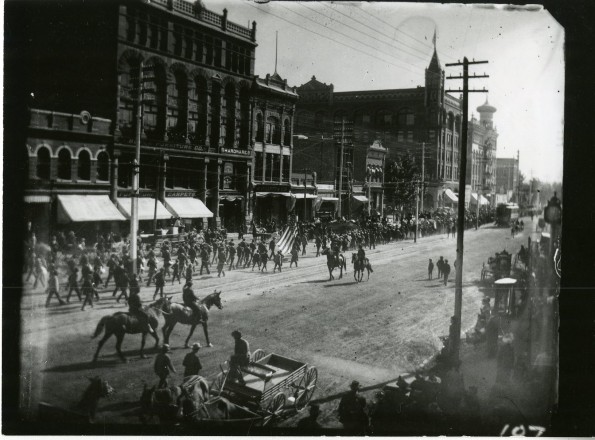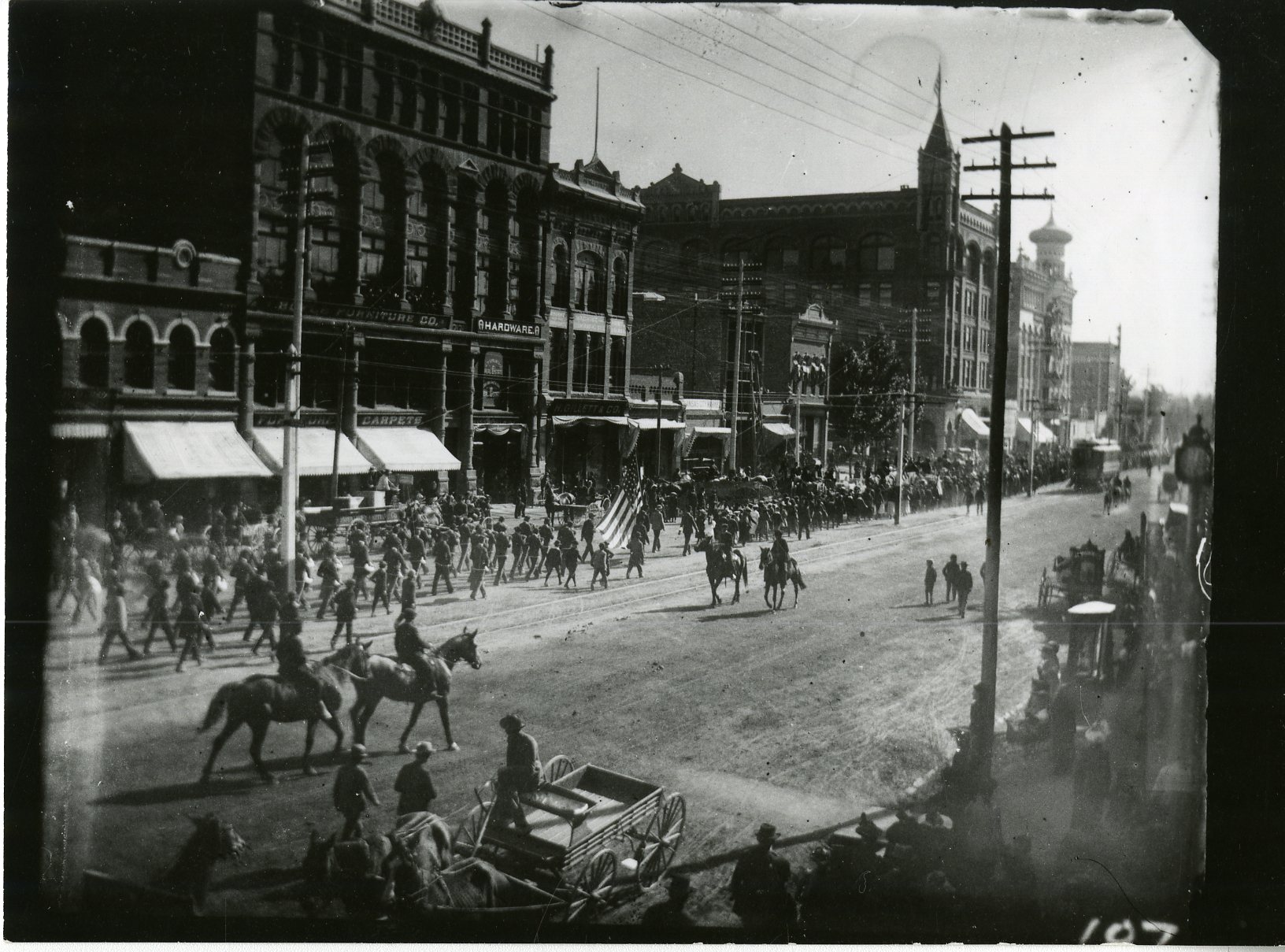 Ogden’s reputation is colored by who you ask. Outside of Utah, Ogden has a great reputation and the city continues to grow its visitor base and business recruits. It has received notable national press, especially over the last two years. Ogden has been designated by Forbes Magazine as one of the best places to raise a family, and one of the best places for business and careers, and is ranked on the National Geographic list of Top 10 Emerging Ski Towns.
Ogden’s reputation is colored by who you ask. Outside of Utah, Ogden has a great reputation and the city continues to grow its visitor base and business recruits. It has received notable national press, especially over the last two years. Ogden has been designated by Forbes Magazine as one of the best places to raise a family, and one of the best places for business and careers, and is ranked on the National Geographic list of Top 10 Emerging Ski Towns.
Yet, within the state, Ogden gets a bad rap, perhaps because history and memories take time to fade. Ogden certainly made quite a name for itself in its Wild West days. It continued to make a rather disgraceful name for itself well beyond World War II.
The completion of the Transcontinental Railroad marked the beginning of Ogden’s 19th-century boom, especially Ogden’s 25th Street. Dubbed the notorious “Two Bit Street,” it was too rough even, reportedly, for Al Capone.
There are three primary “moments” in Historic 25th Street’s history. The first was from the time the Golden Spike was driven until roughly 1905. Prohibition marked a second period, and the third was when Prohibition was repealed.
Throughout each of these heydays, there were constant political tensions–Mormons versus non-Mormons, prohibitionists versus bootleggers. Reading Val Holley’s historical narrative, 25th Street Confidential, one gets an entertaining glimpse of the political posturing that reads more like a collection of practical jokes.
The first Ogden boom, from 1880 to 1905, is the quintessential heyday of the Wild West. Gambling, shootouts, prostitution, liquor, opium dens, and all manner of vices could be found in one place–Electric Alley. Now a parking lot between 24th and 25th Streets, it was run primarily by the notorious Madame Belle London. Perhaps shockingly, Ogden remained a haven for prostitution well through the 1940s and, in fact, prostitution was a central crime issue up until the mid 1960s with places such as the Rose Rooms and Wilson Rooms in the upper tenancies of 25th Street.
When the Progressive movement and Prohibition arrived in Utah, far earlier than the national prohibition, Ogden saw another boom. From 1917 to 1933, Ogden thrived with bootleggers and speakeasies. A series of tunnels were dug from Union Station to the Ben Lomond Hotel, and crime occurred both under and above ground as liquor and gambling played a central role in 25th Street’s economy.
With the repeal of Prohibition, 25th Street saw yet another business opportunity–that of organized crime. As railroad passenger traffic was declining, organized crime provided a boost to the economy with license money from gambling syndicates and the typical mob scene active in places such as New York and Chicago.
The real decline of Ogden’s 25th Street began in the 1950s as the crackdown on these vices was dramatically increased. That, and the incredible loss of railroad passengers, really pulled the plug on checkered economy.
Though the Business Depot Ogden operated from 1941 til 1997, and the IRS arrived in the 50s, these were not strong enough economic boosts to equal the heydays of the past. Historic 25th Street lost patrons, and by the ’70s, a majority of the street was boarded up. Today, you can hardly talk to a lifetime resident of Ogden without hearing them comment on the “dangers of 25th Street” or how they weren’t allowed downtown as a kid – too many gangs and shootings.
A recent project by Weber State University students titled “Spotlight on 25th: The Street that Never Slept” has probably identified it best: though the street was boarded up and avoided by most, the street was anything but asleep. It’d be another 34 years before the street saw major redevelopment and any sort of celebration of its Wild West days.
In the meantime, Ogden had some cleaning up to do.














